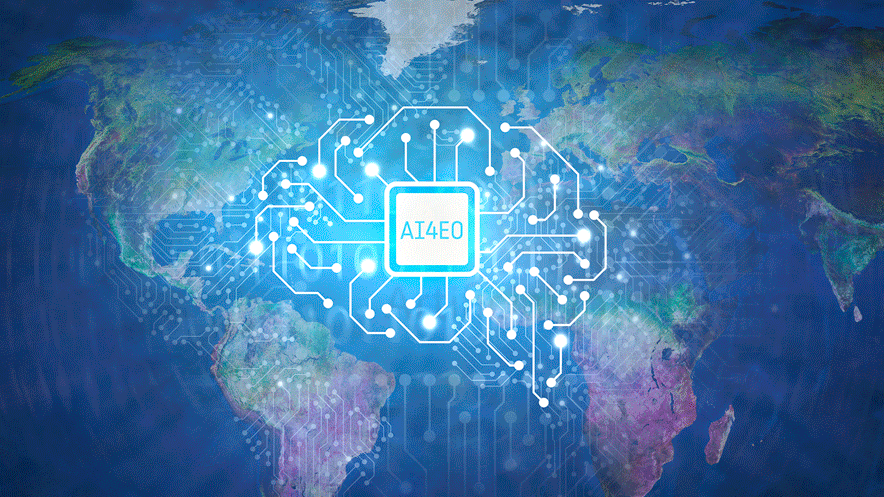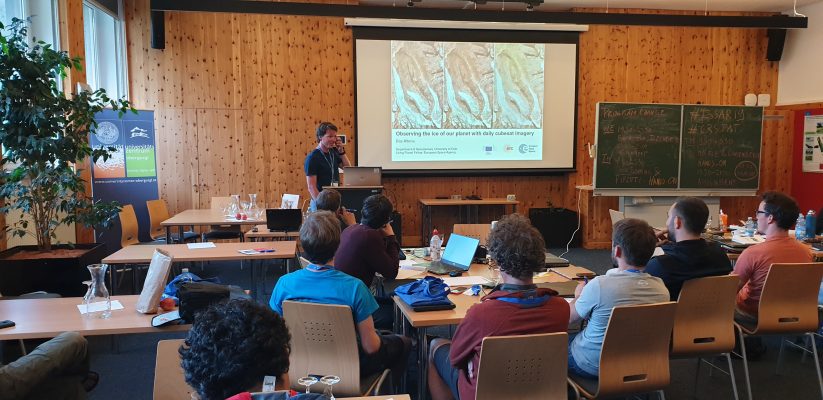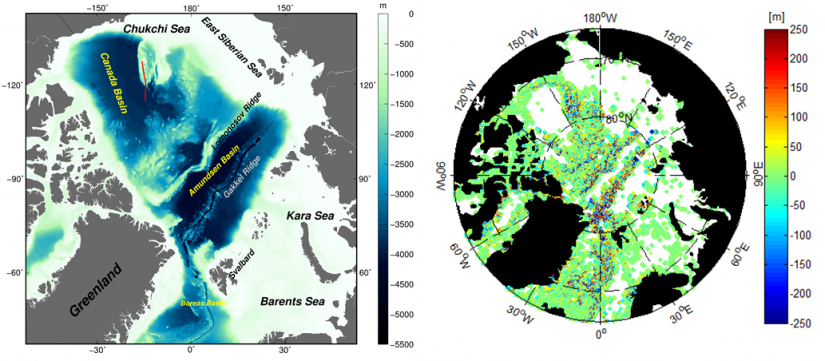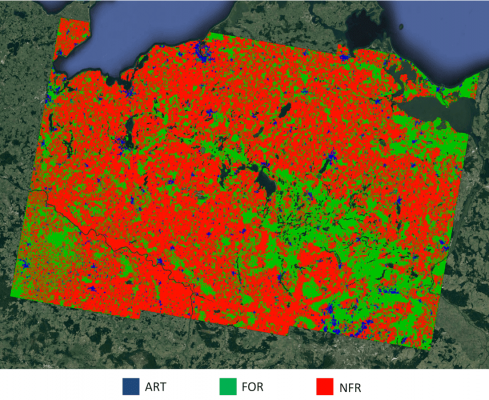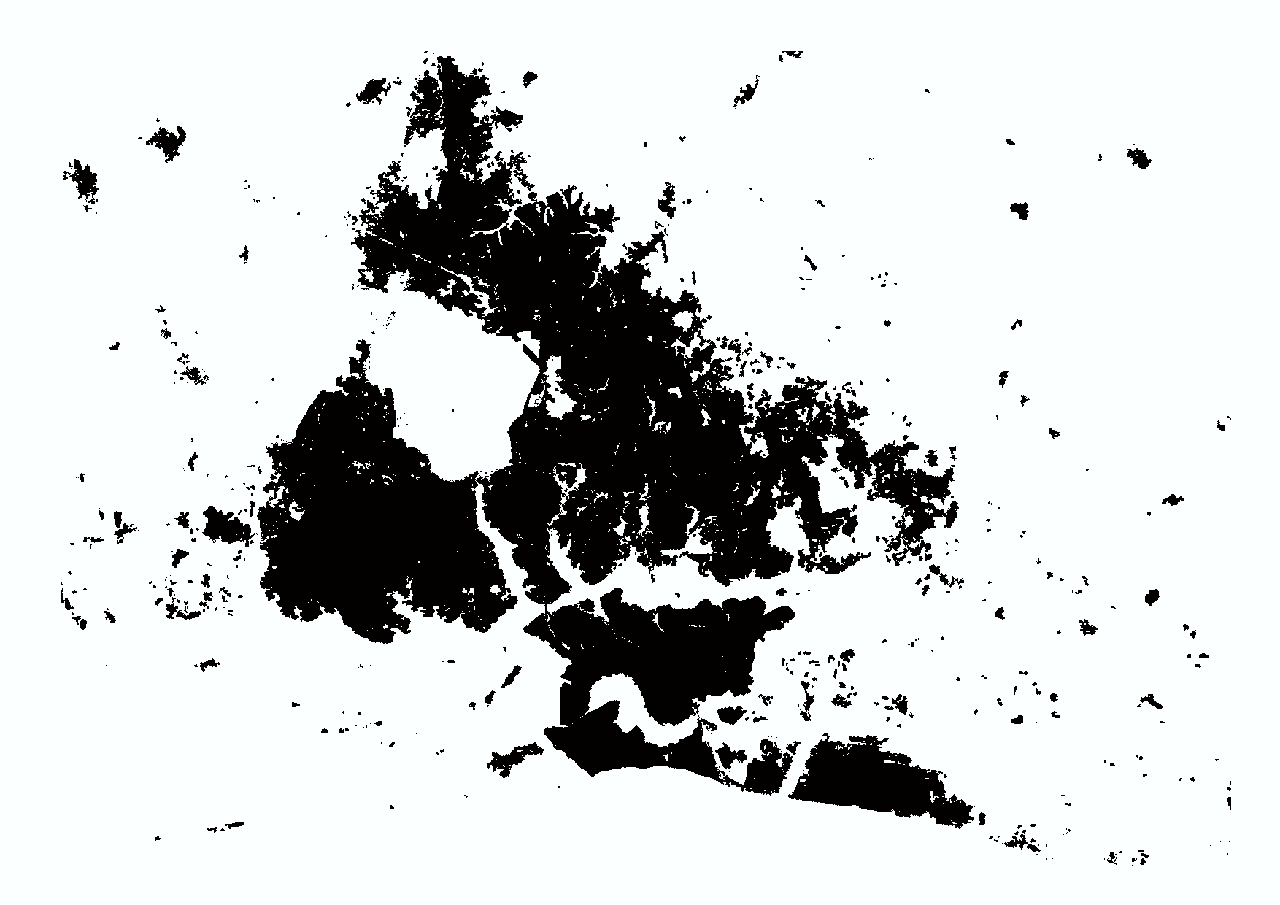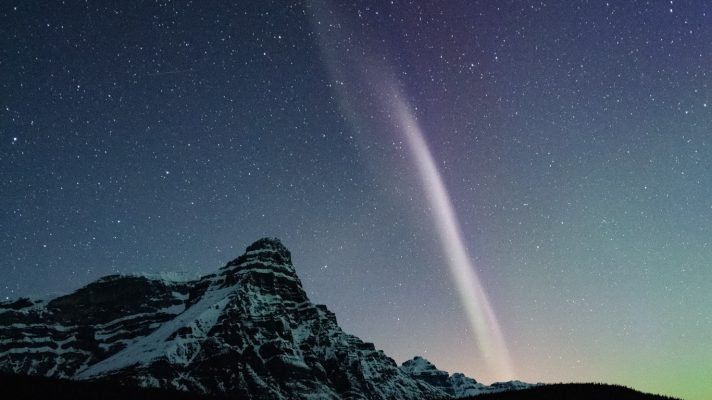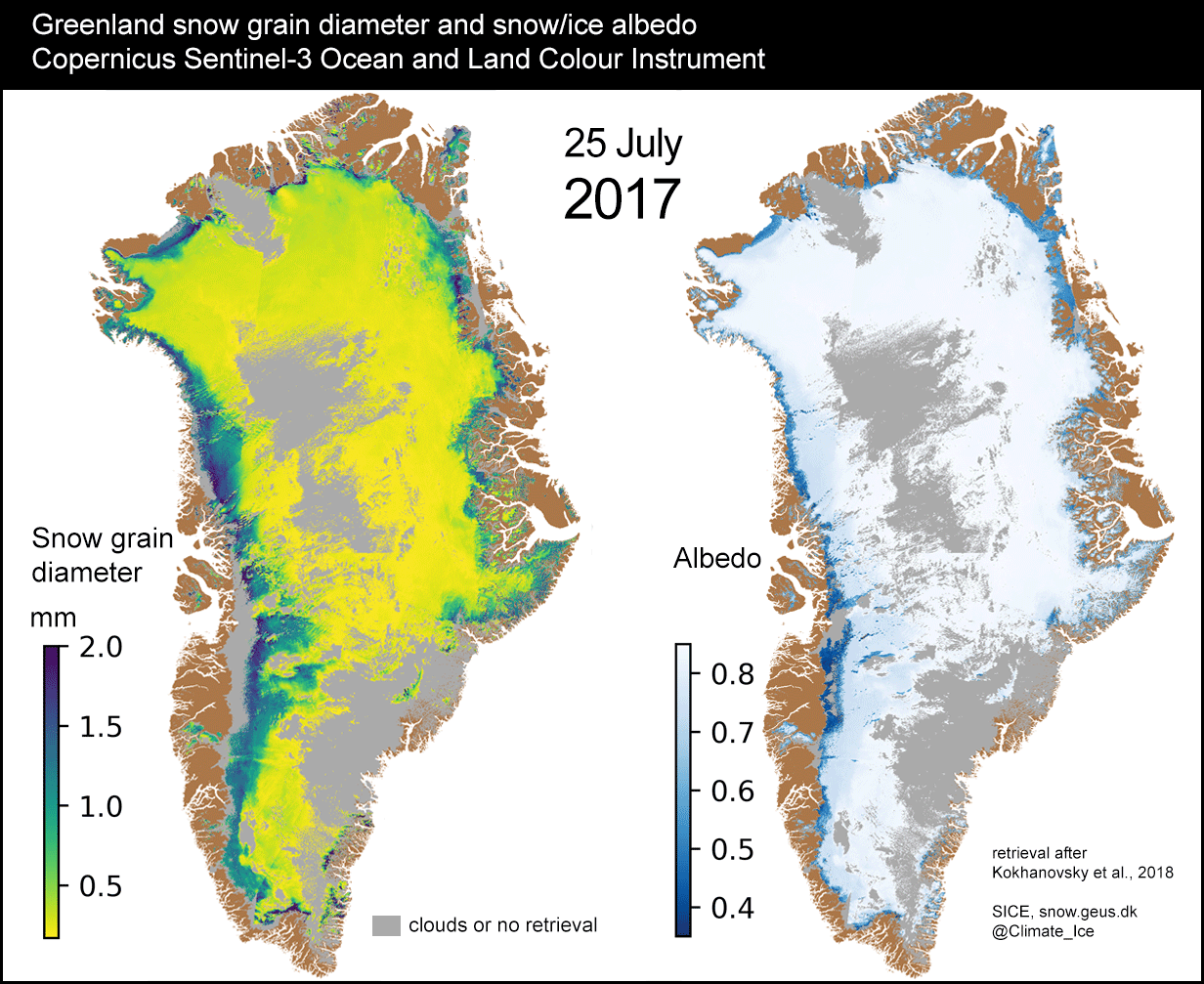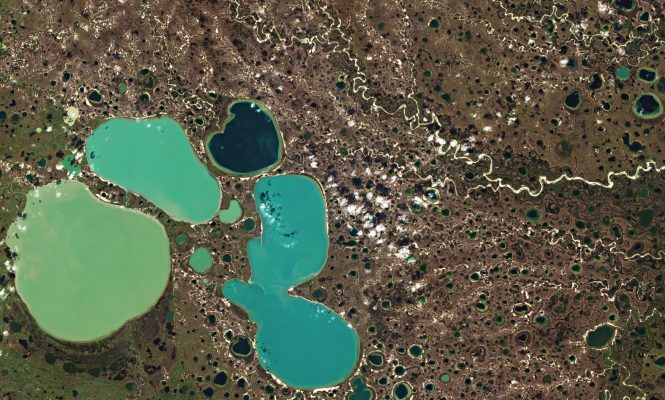Φ-week kicks-off ! Find here your live guide
The 2019 Φ-week is at starting blocks and a wealth of activities are about to start this afternoon: scientific talks, side events, bootcamp, exhibit and poster sessions. In order to get the most out of this exciting experience, check-out the overall programme below, stay tuned on @EO_OPEN_SCIENCE twitter account for additional insights and have a …

